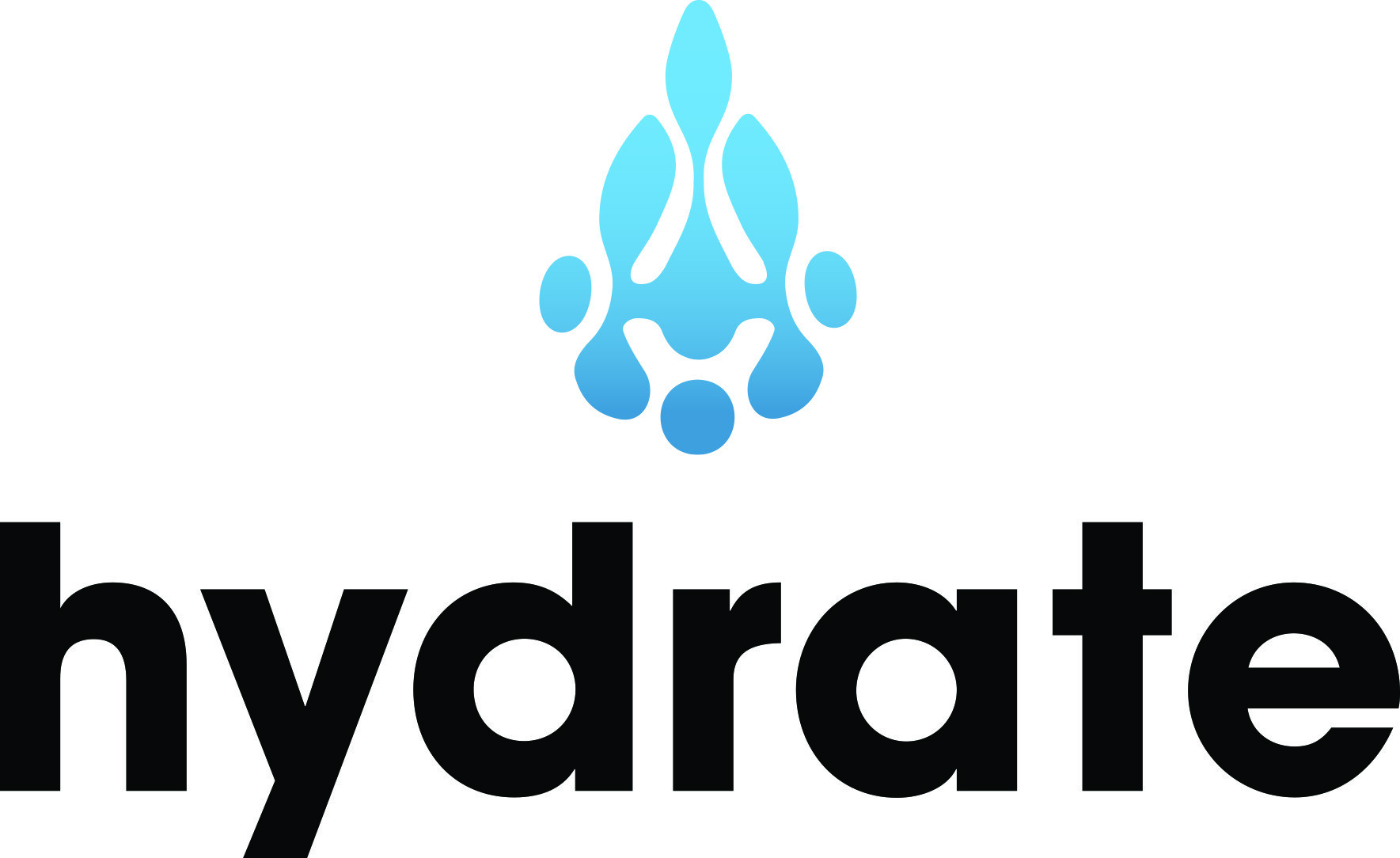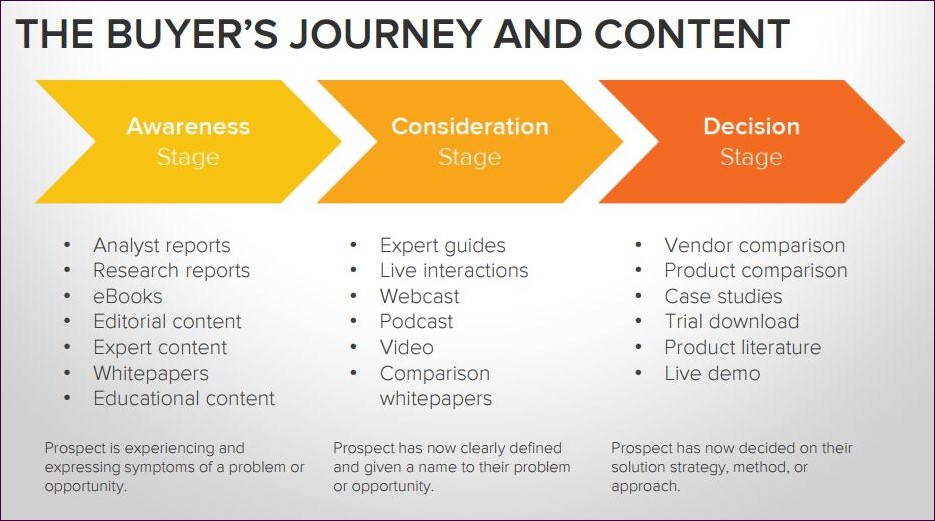Did you know that only 3% of buyers are active buyers? Active buyers are ready to purchase and are searching for the company that can best meet their needs.
That means that 97% of buyers are passive buyers. They're in the early stages of the buyer's journey and still investigating solutions to their problems. That's why it is crucial that companies produce helpful content that positions them a resource for prospective buyers in this early stage, and that guides buyers through the subsequent stages of the buyer's journey.
The Buyers's Journey and the Marketing Funnel
The buyer's journey and the marketing funnel are directly related, and both dictate the content that you should produce for your website, blog, email, social media, and sales enablement resources.
The awareness stage = top of the funnel
To be a helpful, relevant, and trustworthy resource to those in the awareness stage of the buyer's journey, our job is to produce keyword optimized, "top of the funnel content" that attracts them and resonates with them in their quest to identify their problem and begin to find solutions. In most cases, they are not ready to be sold yet, so our content needs to help them understand what their problem is and begin to discuss how to fix it. Examples of top of the funnel content are -
- Research reports
- eBooks
- Blogs
- Whitepapers
- Educational content
The consideration stage = middle of the funnel
In the consideration stage, the buyer has clearly defined their problem and is committed to researching and understanding the available approaches to solving the defined problem or opportunity. Our content strategy in this stage is to provide helpful information to assist in their research of options. We can also begin addressing their pain points while starting to discuss our potential solutions with a soft sell. Middle of the funnel content is often in the form of -
- Expert guides
- Free tools
- Webinars
- Podcasts
- Videos
- Comparison whitepapers
The decision stage = bottom of the funnel
The decision stage is where the buyer has decided on their solution strategy, method, or approach and is exploring alternatives. They are probably creating a short list of potential vendors and are getting the information they need to make a purchase decision. Finally, it's time to be pointed about what your company offers and how you are a solution for them. This is where our content strategy includes -
- Case studies
- Vendor comparisons
- Product comparisons
- Live demos
- Product literature
- Trial downloads and samples
A content audit is a great way to determine if you have the right types of content in the right places to guide prospective buyers through the buyers's journey. Just make a list of what you have for content and dump them in their respective buckets - awareness, consideration, and decision. There will be gray areas and crossover, but that's to be expected.
The bottom line is, avoid the temptation to myopically discuss and showcase your company and products front and center when somebody visits your website. In most cases, that will be a turn off to the majority of website visitors who are just kicking the tires and seeking to educate themselves.








